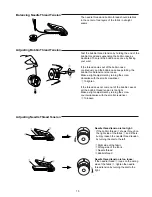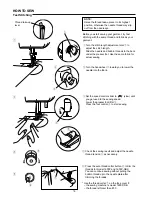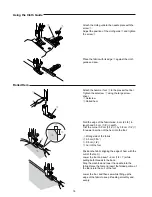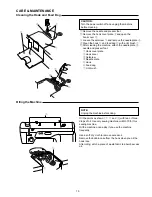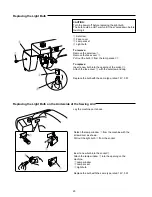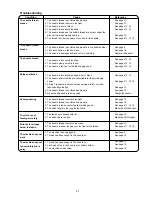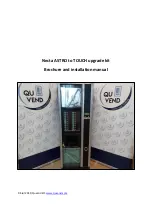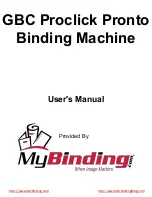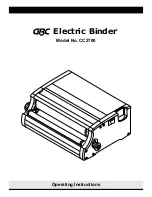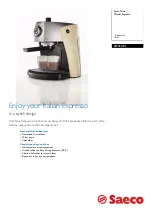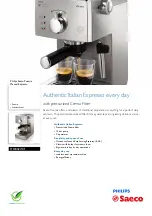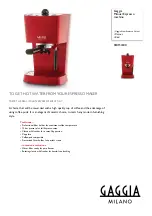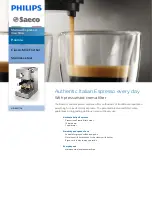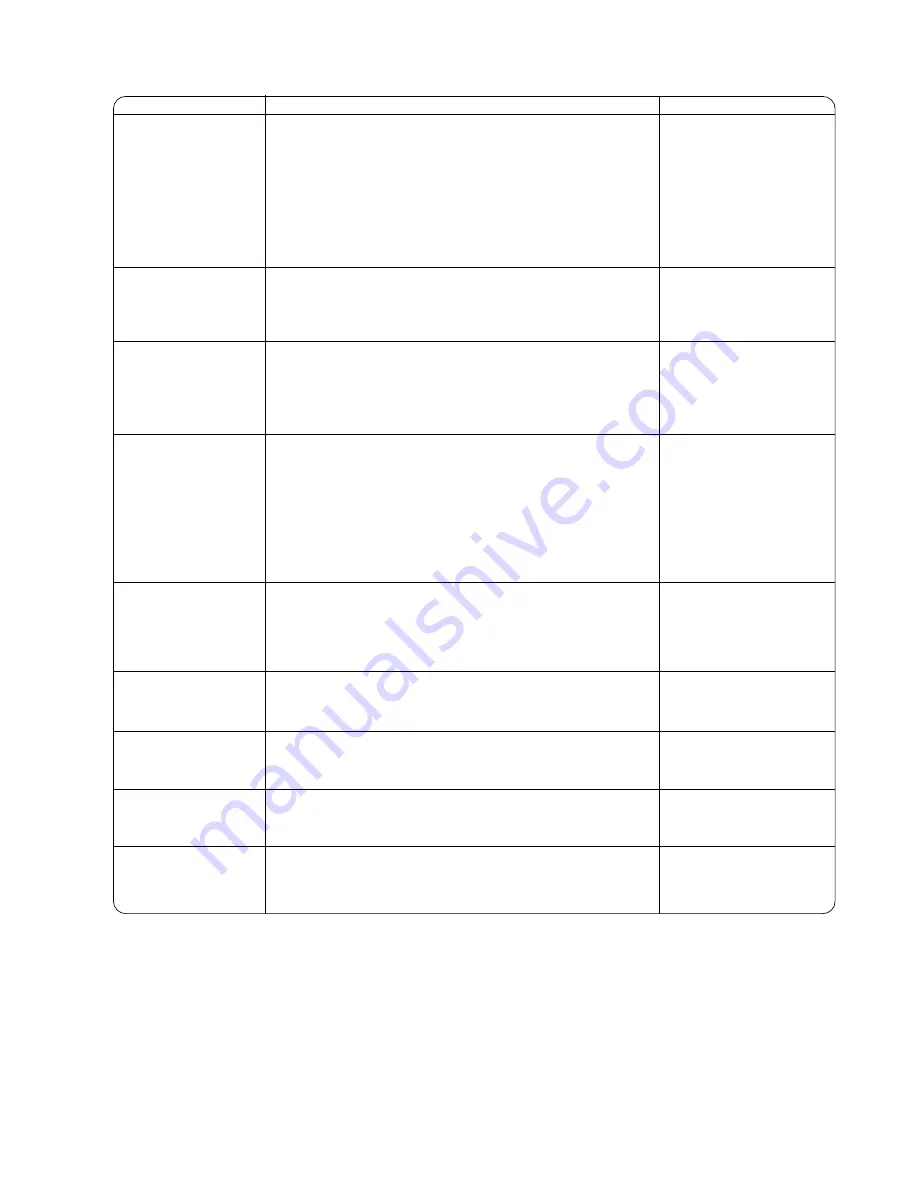
21
See page 10
See page 15
See pages 13, 14
See pages 13, 14
See page 12
See pages 11, 13, 14
See page 9
See page 19
Replace the bobbin.
See pages 13, 14
See pages 13, 14
See pages 13, 14
See pages 13, 14
See pages 11, 13, 14
See page 13
See page 10
Change the needle.
See page 15
See page 10
See pages 11, 13, 14
Make the stitch shorter
See page 19
Make the stitch longer
See page 15
See pages 11, 13, 14
See page 4
See page 19
See page 19
See page 19
See page 19
1. The needle thread is not threaded properly.
2. The needle thread tension is too tight.
3. The needle is bent or blunt.
4. The needle is incorrectly inserted.
5. The needle thread and the bobbin thread are not set under the
presser foot when starting sewing.
6. The thread is either too heavy or too fine for the needle.
1. The bobbin thread is not threaded properly in the bobbin holder.
2. Lint has collected in the hook race.
3. The bobbin is damaged and doesn't turn smoothly.
1. The needle is incorrectly inserted.
2. The needle clamp screw is loose.
3. The needle is too fine for the fabric being used.
1. The needle is incorrectly inserted, bent or blunt.
2. The needle and/or fabrics are not suitable for the work being
sewn.
3. A Blue Tip needle is not used when sewing stretch, very fine
fabrics and synthetics.
4. The needle thread is not threaded properly.
5. A poor quality needle is being used.
1. The needle thread tension is too tight.
2. The needle thread is not threaded properly.
3. The needle is too heavy for the fabric being sewn.
4. The stitch length is too long for the fabric.
1. The feed dog is packed with lint.
2. The stitches are too fine.
1. The needle thread tension is too loose.
2. The needle is either too heavy or too fine for the thread.
1. The machine is not plugged in.
2. Thread has been caught in the hook race.
1. Thread has been caught in the hook race.
2. Lint has built up in the hook race or bobbin holder.
3. The machine needs oiling.
Troubleshooting
Condition
The needle thread
breaks.
The bobbin thread
breaks.
The needle breaks.
Skipped stitches
Seam puckering
The cloth is not
feeding smoothly.
Stitches form loops
below the fabric.
The machine does not
work.
The machine does not
run smoothly and is
noisy.
Reference
Cause
Summary of Contents for 1600P series
Page 1: ......









